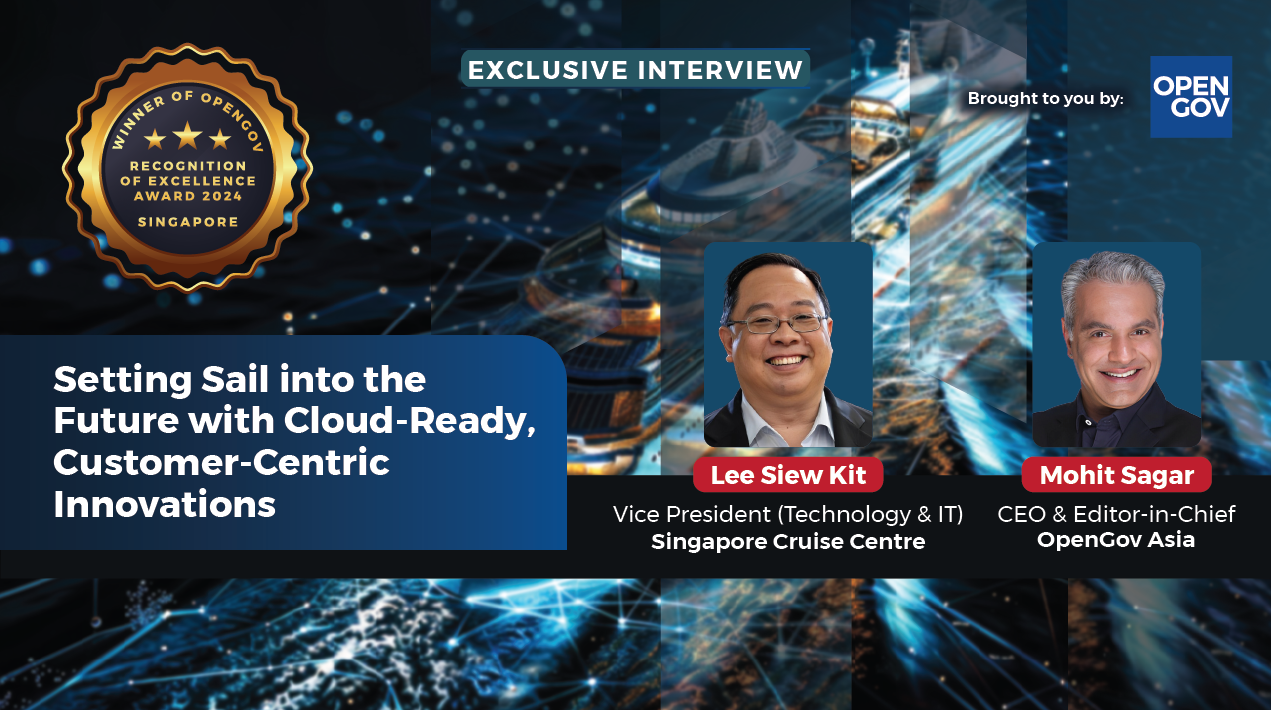
|
Getting your Trinity Audio player ready...
|
The design of wireless communication devices involves essential aspects, including the implementation of Software Defined Radio (SDR). This advanced technology is widely integrated into development activities and applications in telecommunications, including but not limited to mobile devices, satellites, and various other telecommunication solutions. The concept of SDR allows for high flexibility in handling multiple communication standards without having to replace physical hardware, providing an innovative and efficient approach to addressing the complexity of modern telecommunications technology demands.

Budiman Putra Asma’ur Rohman explained that SDR functions to maximise programmable hardware to build a software-based radio. SDR technology plays a crucial role in creating adaptive radios and integrating various essential radio functions, including modulation, signal processing, and link-layer protocols, directly through software.
He highlighted the flexibility of SDR, providing a wide range of services, supporting multiple standards, being reconfigurable, and reprogrammable as needed. This flexibility SDR from conventional approaches, allowing dynamic changes to hardware functionality without physically replacing the hardware. Thus, SDR brings significant innovation in addressing the complexity and diversity of the radio technology domain.
Budiman also emphasised that SDR opens the door to developing more adaptive and efficient radio technology. With its ability to be changed and reprogrammed, SDR enables optimal use in various communication scenarios, from simple modulation to implementing advanced link-layer protocols. This innovation provides solutions to current technical challenges and opens opportunities for further exploration and discoveries in software-based telecommunications.
As a Young Expert Researcher at the Telecommunications Research Centre, he explained that Software-defined radio (SDR) is a radio communication system where components typically using hardware, such as mixers, filters, amplifiers, modulators/demodulators, and detectors, are replaced with software implementations. He elaborated that based on its analogue-digital interface position, SDR architecture can be divided into 3 types, namely (1) Baseband-Sampling SDR, (2) IF-Sampling SDR, and (3) Direct-RF (Almost Digital) SDR.
Furthermore, Budiman explained that Baseband-Sampling SDR has an analogue-digital interface at the baseband processing speed with all modulation and demodulation done in the analogue domain. While IF-Sampling SDR uses superheterodyne processing with modulation between baseband and IF in the digital part, the transition between IF and RF uses analogue circuitry. Direct-RF SDR has an architecture with the highest sampling rate to date as an implication and advancement of DAC/ADC technology. In this SDR architecture, almost all processes operate digitally, for example, using RFSoC (Radio Frequency System on Chip) technology.
“SDR that is commonly available in the market today is IF-Sampling SDR. Whereas the latest SDR technology is Direct-RF (Almost Digital) SDR with processing that is almost entirely processed digitally with the highest sampling rate compared to other architectures,” asserted Budiman.
SDR is a reconfigurable radio communication system with software that assists research and development.
“Researchers and developers in the field of telecommunications in their research and development activities may need to change the configuration and parameters of the telecommunication system they are developing, which, if using conventional radio systems, requires considerable time and cost,” he said.
Through the Telecommunications Research Centre, the National Research and Innovation Agency researches SDR for various activities, including cognitive radio, cognitive radar, radar-UAV, and developing a testbed tool for testing sensing and telecommunication systems.
Nasrullah Armi, Head of the Telecommunications Research Centre, conveyed that telecommunication systems are now towards software-based systems. He envisioned that there will be more research focused on the use of SDR for various telecommunication fields.
“Many current telecommunications researchers are utilising SDR, such as radar, cognitive radio, etc., as SDR is more flexible and functional. In performing different functions, there is no need to make hardware changes. Only with programming on the software side,” expressed Nasrullah.
















